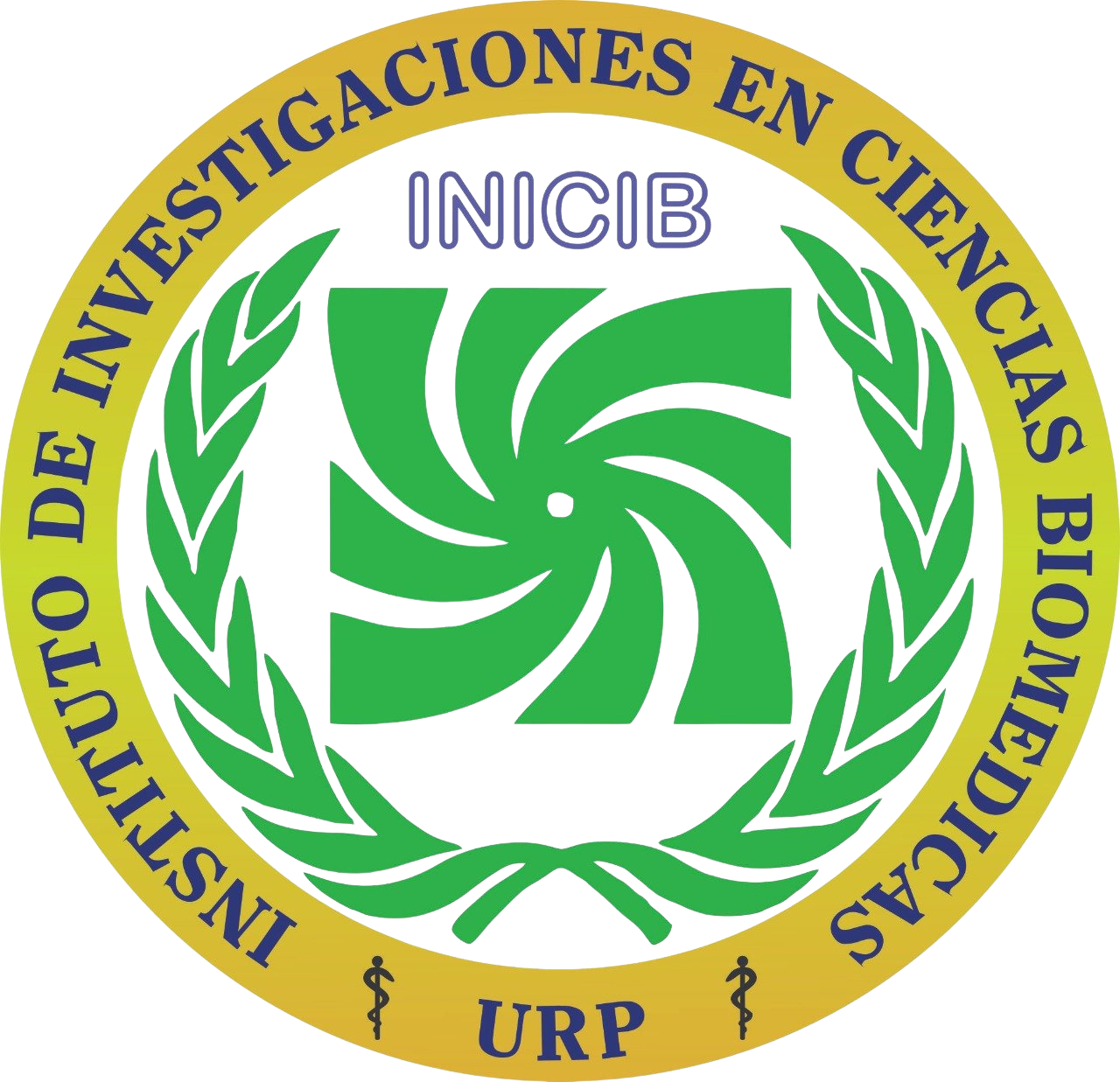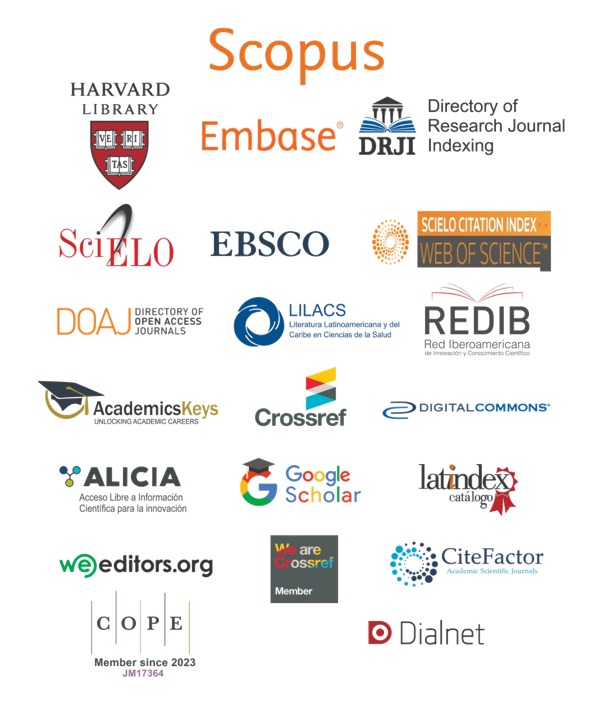Regeneration of the digestive tube with stem cells stimulated by infrared light
Regeneración del tubo digestivo con células madre estimuladas por luz infrarroja
Abstract
Intestinal Barrier and Intestinal Permeability
The "Intestinal Barrier" (BI) covers an area of approximately 400 m2 and requires about 40% of the
energy expenditure of the body. Among its functions are to avoid the loss of water and electrolytes and the entry of antigens and microorganisms to the human organism1. At the same time, the BI must allow the exchange of molecules between the body and the environment, as well as the absorption of nutrients from food consumed.
The specialized adaptations of the intestinal mucosa of the mammal perform two functions apparently opposite: first, allow a peaceful coexistence with the intestinal microbiota without cause chronic inflammation and, secondly, provide a defensive inflammatory and response measure according to the threat of pathogens
Downloads

Published
How to Cite
Issue
Section
License
Copyright (c) 2018 Revista de la Facultad de Medicina Humana

This work is licensed under a Creative Commons Attribution 4.0 International License.




































